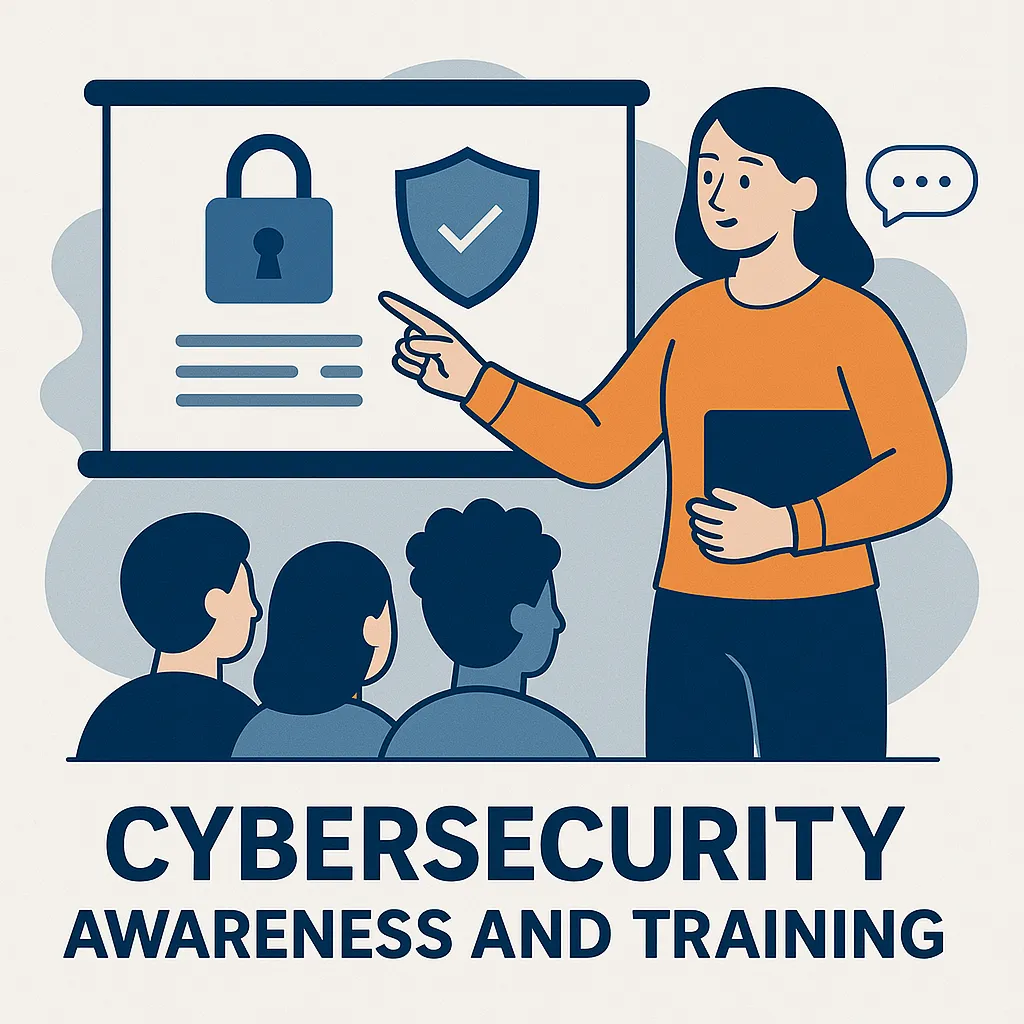The Critical Role of Security Awareness Training in Cybersecurity
In today's digital landscape, where data breaches are frequent and cyber threats continue to evolve, the importance of security awareness training cannot be overstated. This form of proactive education is essential for both organizations and individuals aiming to safeguard sensitive information against increasingly sophisticated cyberattacks.
Understanding Security Awareness Training
Security awareness training involves educating members of an organization on the various types of cyber threats they may face, and providing them with the necessary skills and knowledge to prevent, recognize, and respond to these threats. This type of training typically covers topics such as phishing, malware, ransomware, and secure password practices, among others. According to a security expert from KnowBe4, this training blends AI technology and simulated social engineering to change user behavior effectively (KnowBe4).
Why It's More Crucial Than Ever
Given the vast amount of data handled by organizations daily, the cost of a data breach can be catastrophic. Statistically, companies with strong security awareness among their employees are significantly less likely to suffer a major breach. Security awareness training, mandated annually for U.S. Department of Defense and other federal employees, confirms its critical role in national security (Security Awareness Hub). The Department of Health and Human Services reports a similar requirement, ensuring all employees and contractors undergo this crucial training annually (HHS.gov).
Current Trends and Implementations
Many leading companies now use advanced methodologies like gamification and interactive modules to engage participants and enhance the retention of knowledge. This broadens the impact of training, transforming it from a checkbox activity to a fundamental part of an organization's culture.
Real-World Impact and Benefits
Organizations that invest in comprehensive security awareness training not only reduce their susceptibility to breaches but also empower their workforce. For instance, employees trained to recognize phishing emails and suspicious links play a crucial role in protecting their organization's digital assets. This preventative measure is significantly more cost-effective than the expenses associated with mitigating a cyberattack.
Challenges and Considerations
Despite its importance, a major challenge remains the ongoing engagement and effective training of all employees. Organizations must strive to provide regular updates and refreshers to keep pace with the rapidly changing cyber threat landscape. Additionally, tailoring the training to be relevant to specific job roles can enhance its effectiveness and applicability.
Conclusion and Takeaways
As cyber threats evolve, so must our defenses. Security awareness training is not just a regulatory requirement but a crucial investment in the cybersecurity posture of any organization. Regular updates, engaging content, and role-specific training are key components of a successful program. Knowledge is power in the realm of cybersecurity—empower your employees to be the first line of defense.

